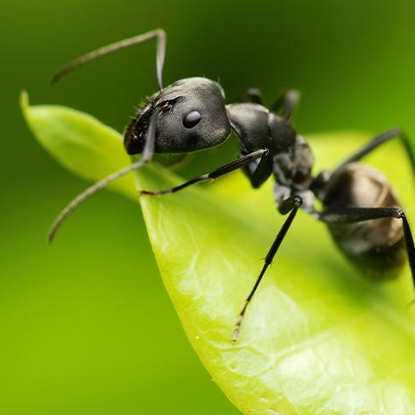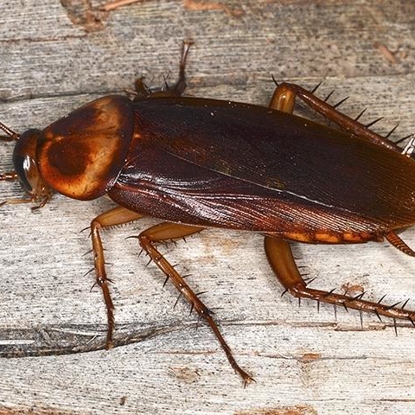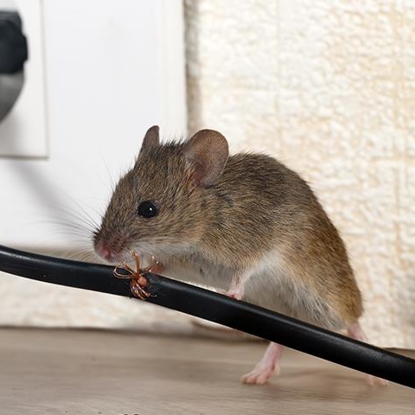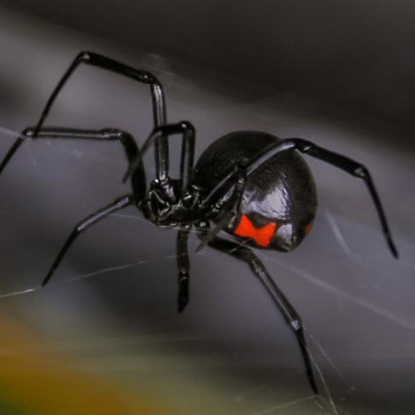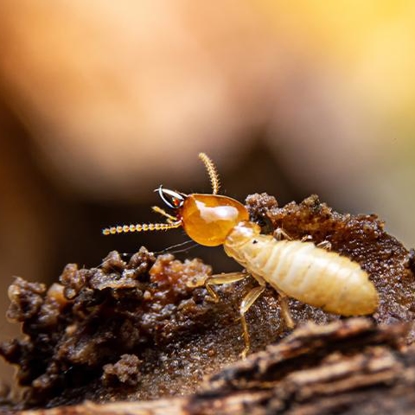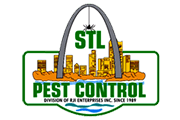
Pest Library
Your Guide To Pest Identification In The St. Louis Metro
When pests get into your home or business that you’re not terribly familiar with, you have questions that need answers. Our pest library can help! This handy resource guide provides useful information about the most common pests to invade St. Louis homes and businesses.

